Segura de la Sierra Castle in Jaen province was a key fortress on the border between Muslims and Christians for two hundred years
By Nick Nutter | Updated 4 Jun 2023 | Jaén | Places To Go |
Login to add to YOUR Favourites or Read Later
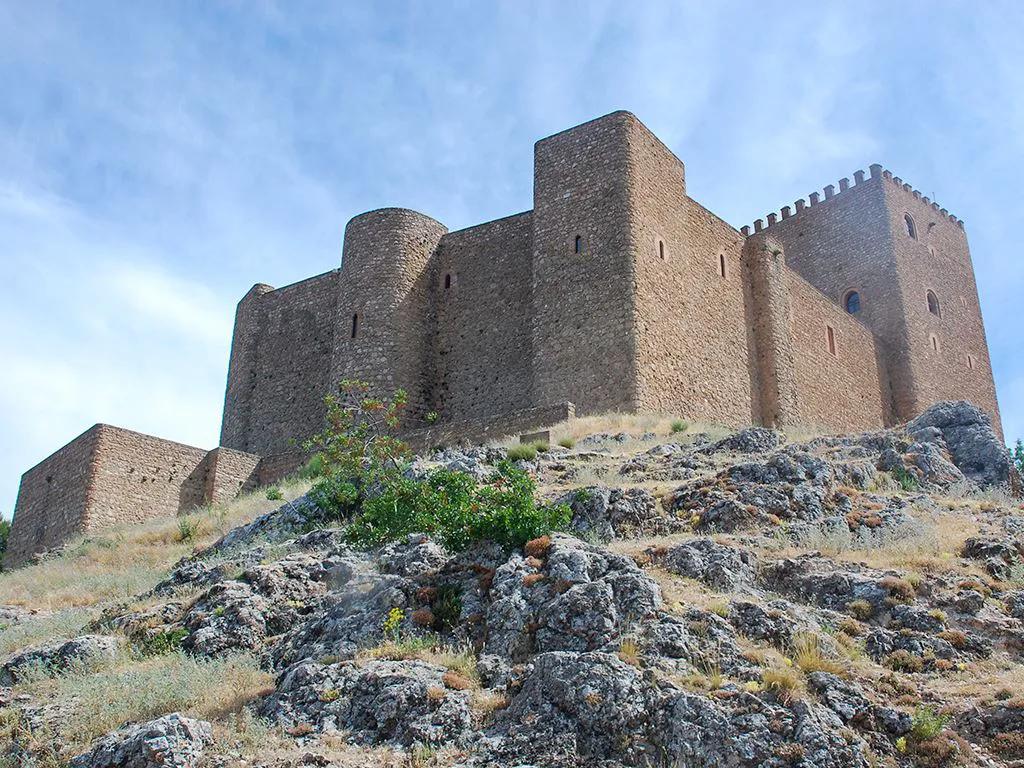
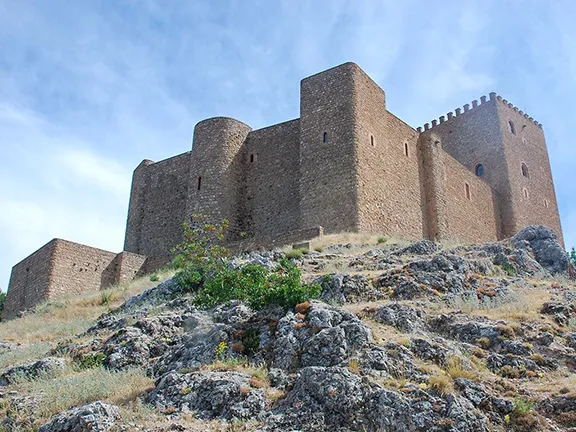
Castille de Segura de la Sierra
There has been a fortress at Segura de la Sierra since Roman times. Following the Muslim occupation of al-Andalus, the original watchtower was strengthened and improved but the first major fortification of Segura de la Sierra was ordered to be built by Ibrahim ibn Hamusk in the second half of the 12th century. Later, it was reformed by the Almohads who increased security by adding a new line of walls. The castle was conquered by the Christians in the middle of the 13th century and renovated by the Order of Santiago to become the centre of the Encomienda de Castilla and the residence of the Grand Master of the Order of Santiago from the last quarter of the XV century AD.
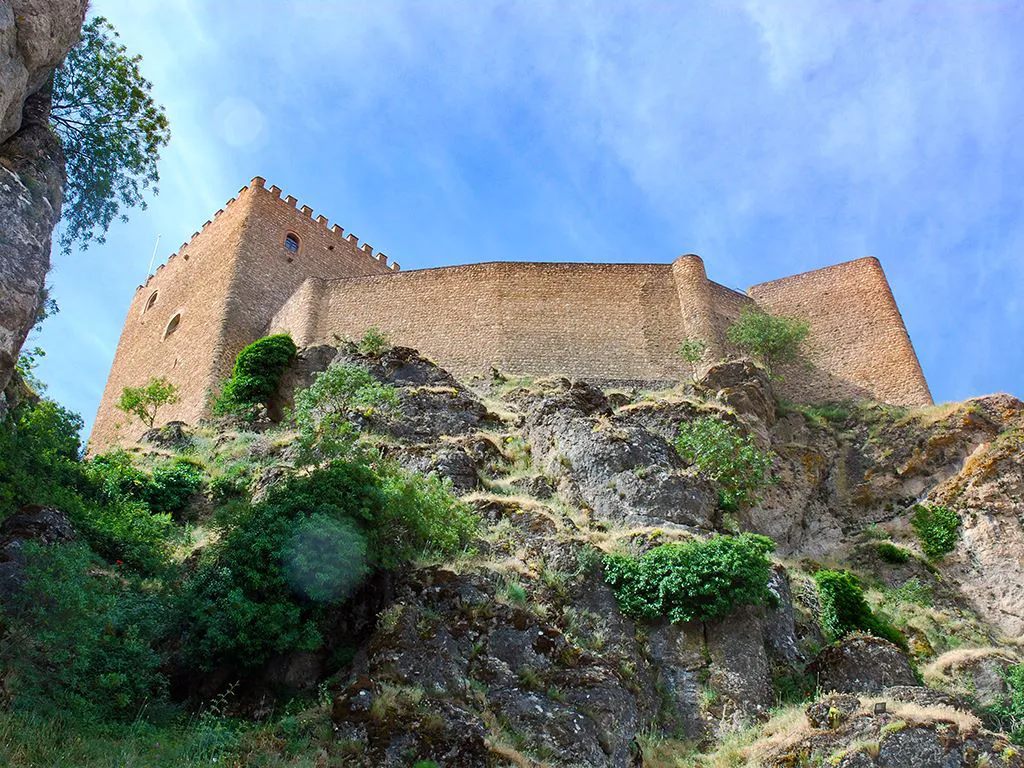
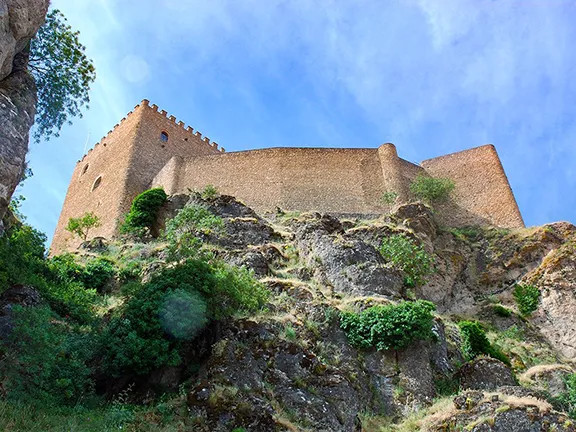
Castille de Segura de la Sierra
It was the hub of one of the most important territorial and jurisdictional entities in Castile between the 13th and 15th centuries due to its strategic position between the Muslim and Christian held territories.
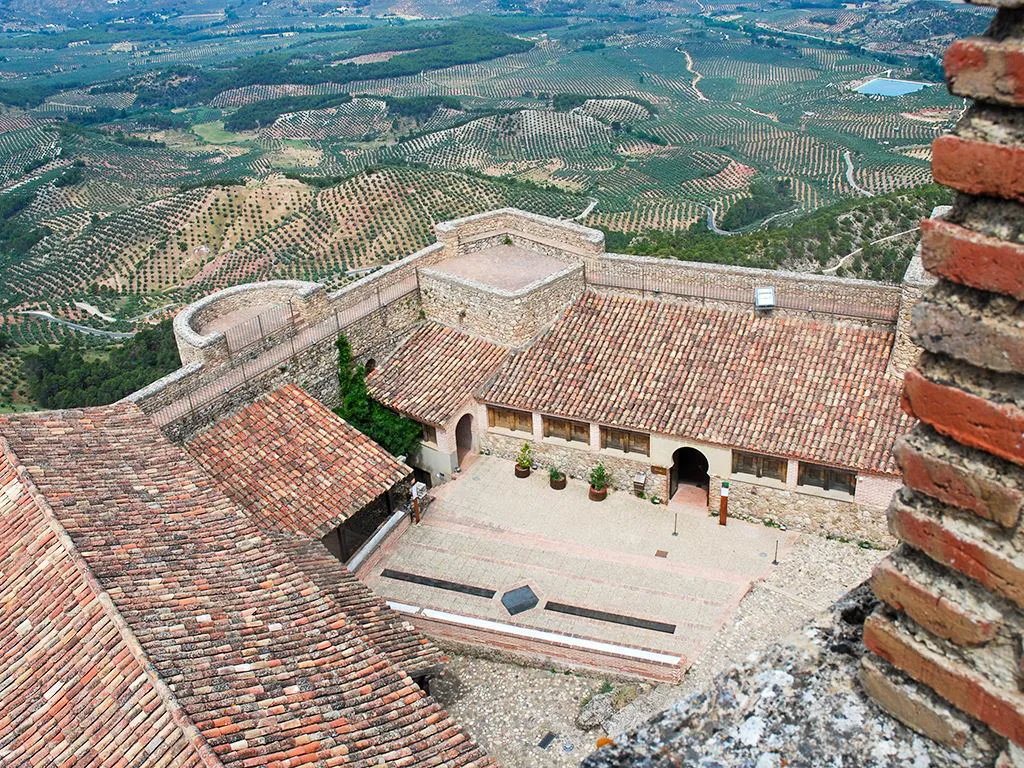
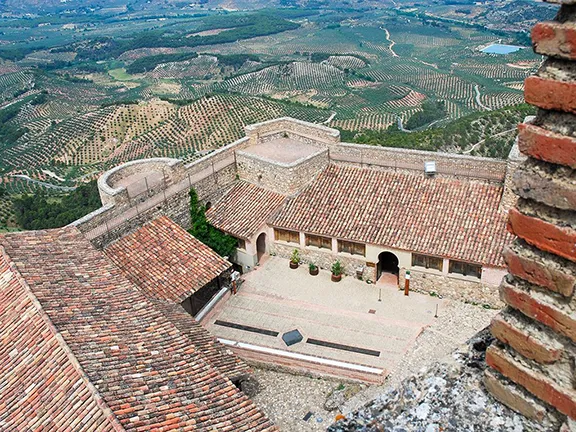
Castille de Segura de la Sierra
The poet Jorge Manrique lived in Segura. His father, Don Rodrigo de Manrique, was proclaimed Grand Master of the Order of Santiago in the town of Uclés in 1474, and it was from a room within the castle that he wrote a large part of his work. The visit to the castle includes the Entrance Tower, the Patio de Armas, the Arab Baths, the Tribute Tower, the Chapel, the Cistern, the Refectory and the Adarves.
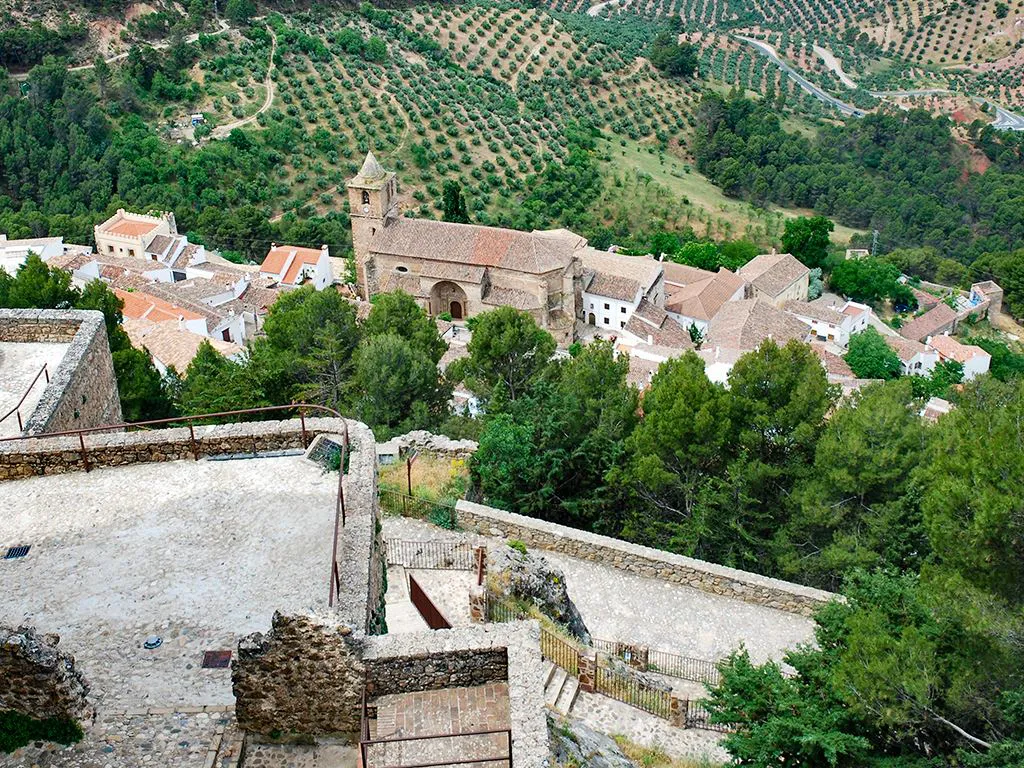
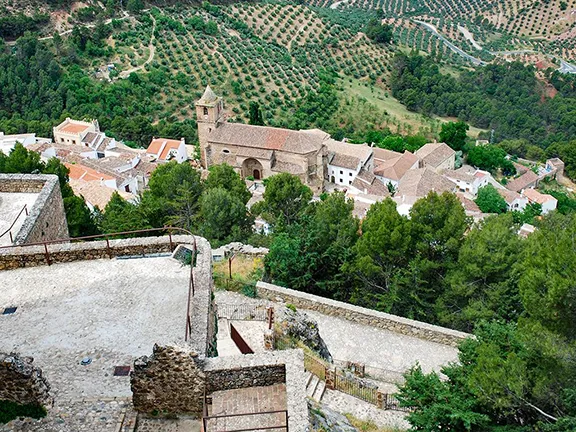
Castille de Segura de la Sierra
The Z-shaped passageway within the Entrance Tower was a very common type of defence since the attacker had to go through two doors, instead of one, to gain access to the fortress. Above the tower, there was a room that served as a kitchen and bedroom. Today this room is the visitor reception centre.
The Patio de Armas, the centre of daily life in the castle, had a series of rooms with a mezzanine level that included warehouses, a forge, ovens and a bakery. The buildings were made with wood, tile, lime and stone.
Unlike the Christians, the Muslims were very concerned about personal hygiene, they had an important network of public toilets. These steam baths had not only a hygienic function but also a social one, being favoured meeting places. The existence of a bath in the Castle during the Islamic phase indicates that it was the residence of an important lord, an indication reinforced by the remains of rich ornaments found in the excavation.
The Torre del Homenaje, 18.43 meters high, was the largest building in the fortress. With three platforms and a terrace, it was the last line of defense of the fortress. Made of masonry, except for the semicircular arches of doors and windows that were formed out of brick.
The Chapel of the fortress was a place of vital importance in the daily life of the fortress. The Order of Santiago was a religious institution even though they dealt with other matters, military and civil. The construction is in the Mudejar style, dating from the 13th century BC although it underwent different reforms throughout the centuries.
The refectory or dining room of the castle is an anomalous construction due to the poor fit of the room with respect to the two towers (the one at the entrance and the one at the northwest corner). It is very likely that the original ceiling was higher than the current one. The theory is, that during the War of Independence (1808-1814) the room was converted into a powder room.
The location of the castle made it practically impregnable, which is why the only way to persuade the occupants to surrender was through thirst or hunger. It was therefor essential to have a place to collect and store water. This cistern was ordered to be built by the Order of Santiago.
Finally, the Adarve or the Camino de Ronda, runs along the perimeter of the castle except for the the Torre del Homenaje. The main function of the walkway was to provide protection to the defenders in case of attack.
For opening times of Castillo de Segura de la Sierra, click here